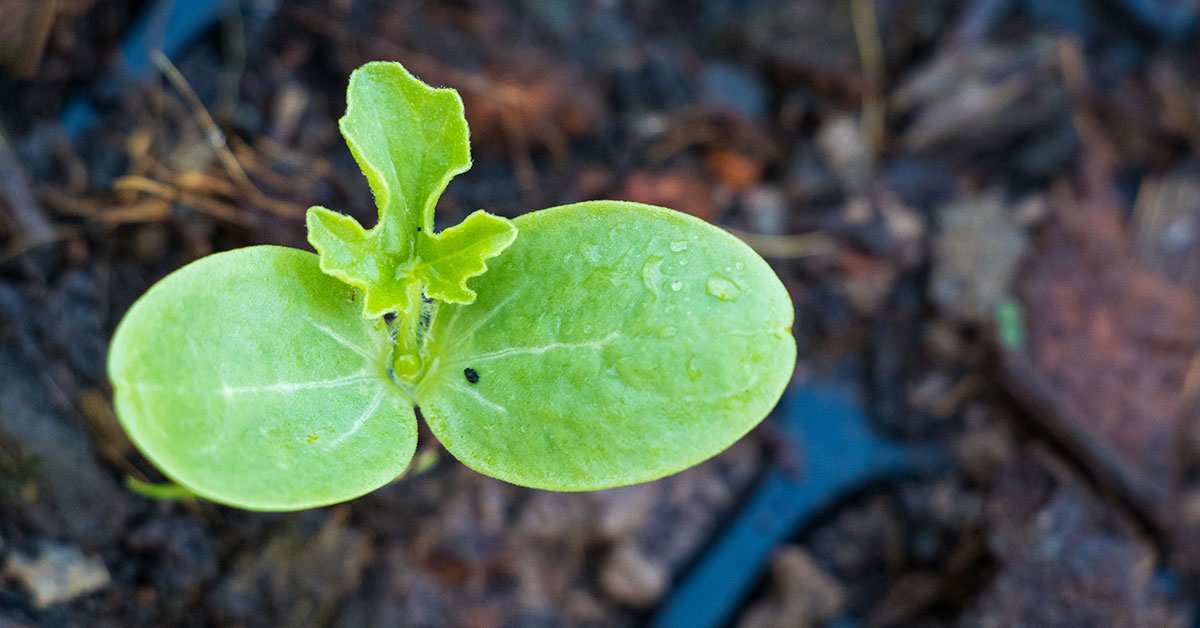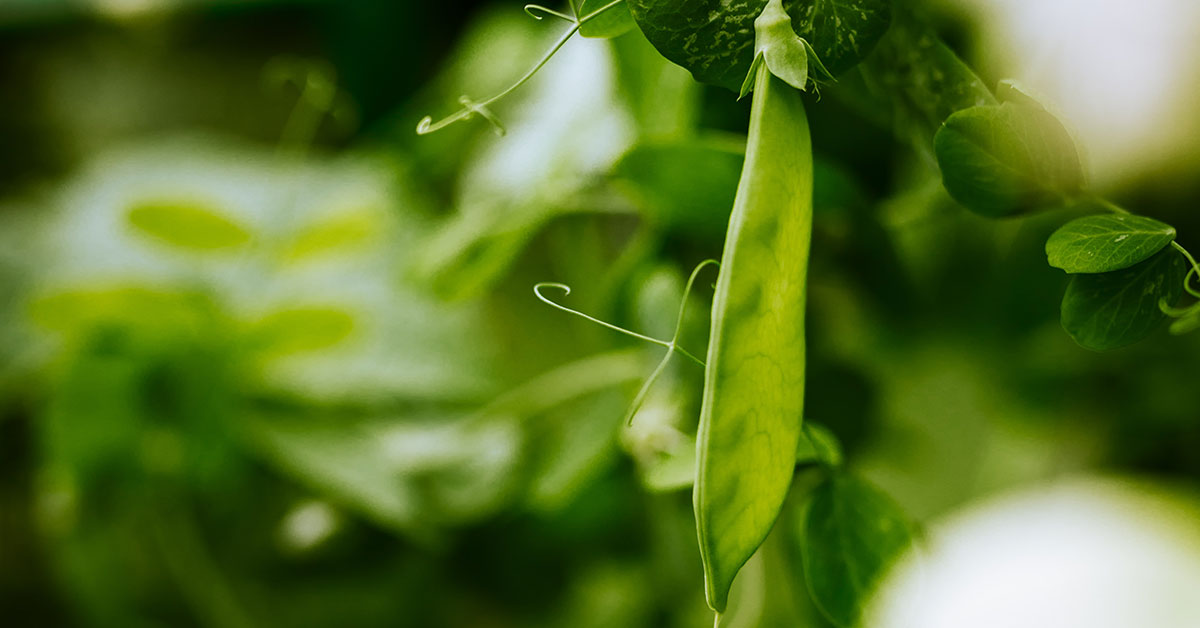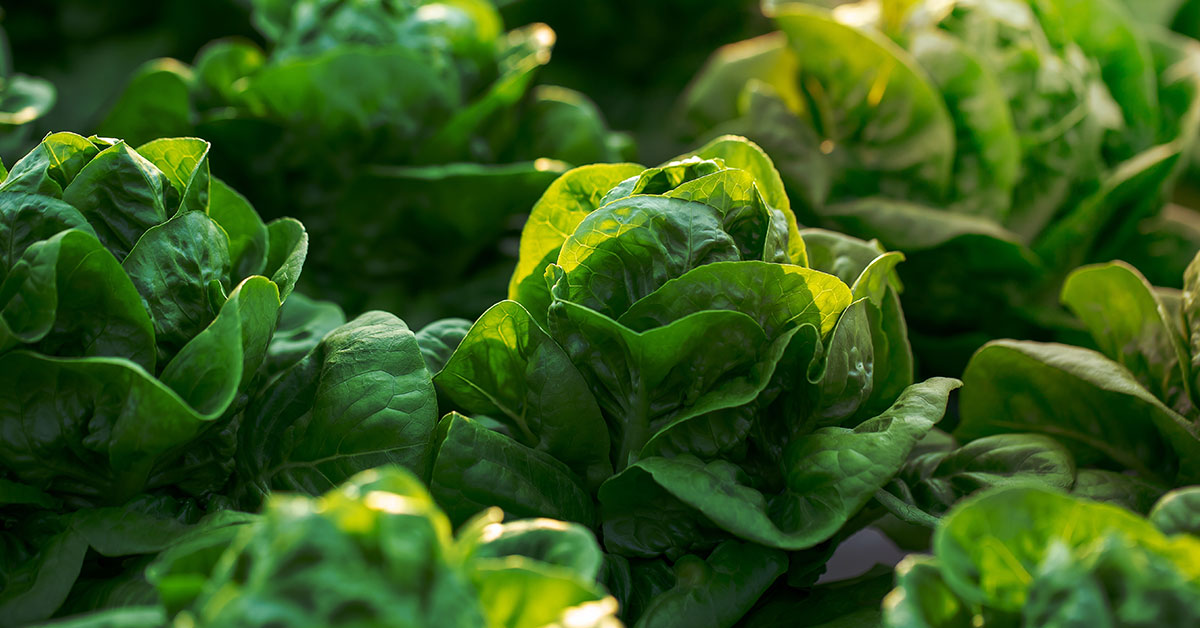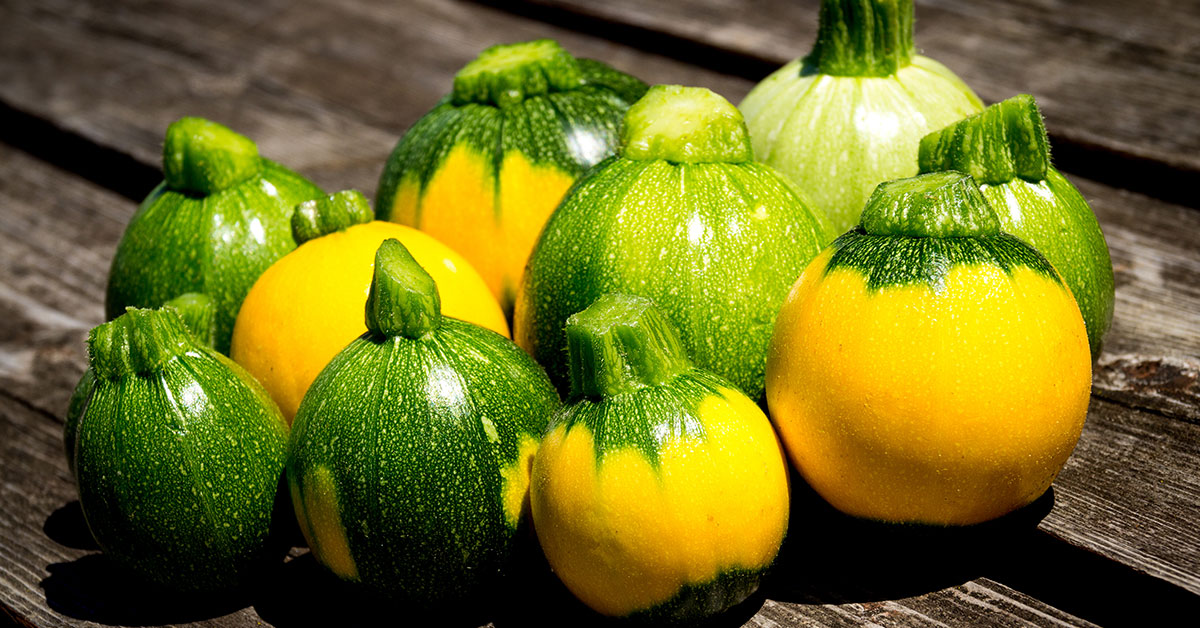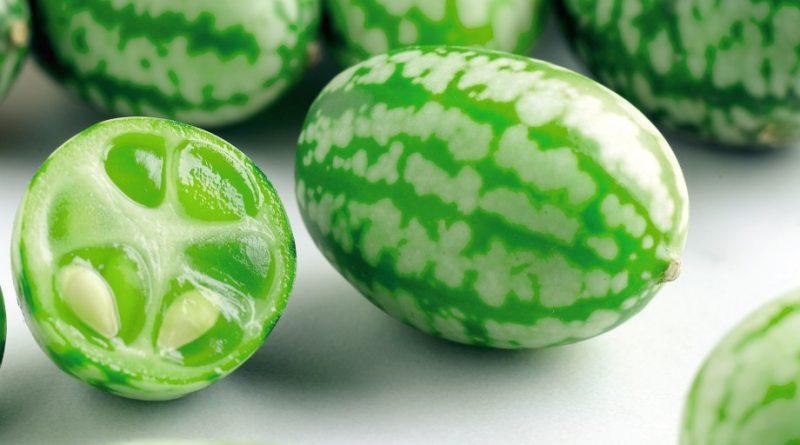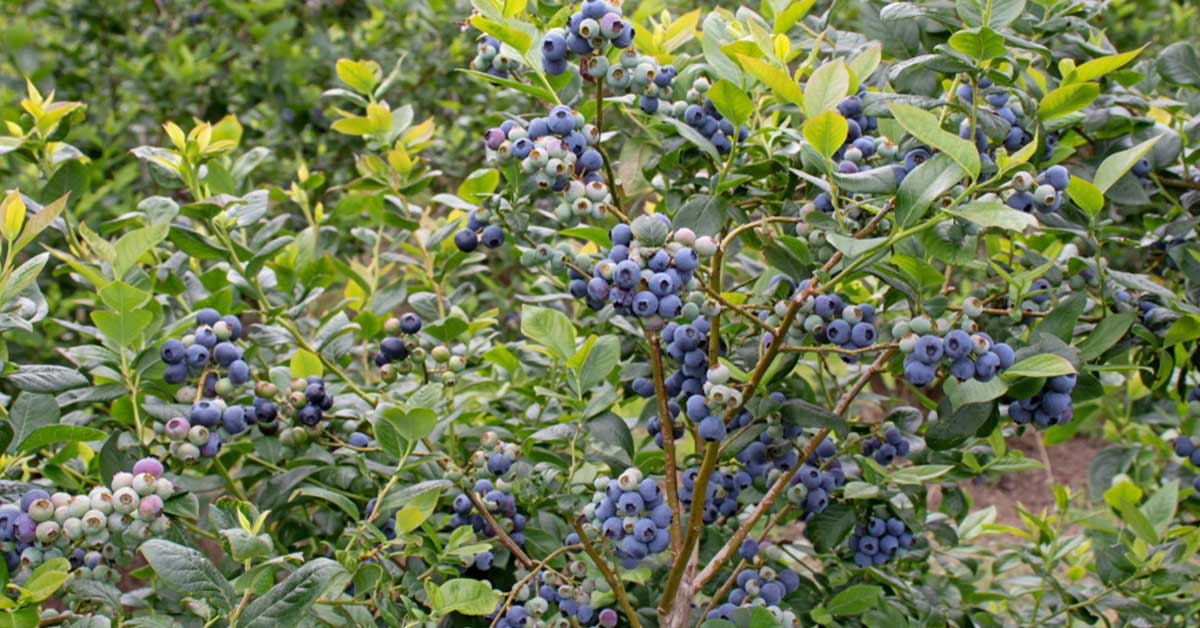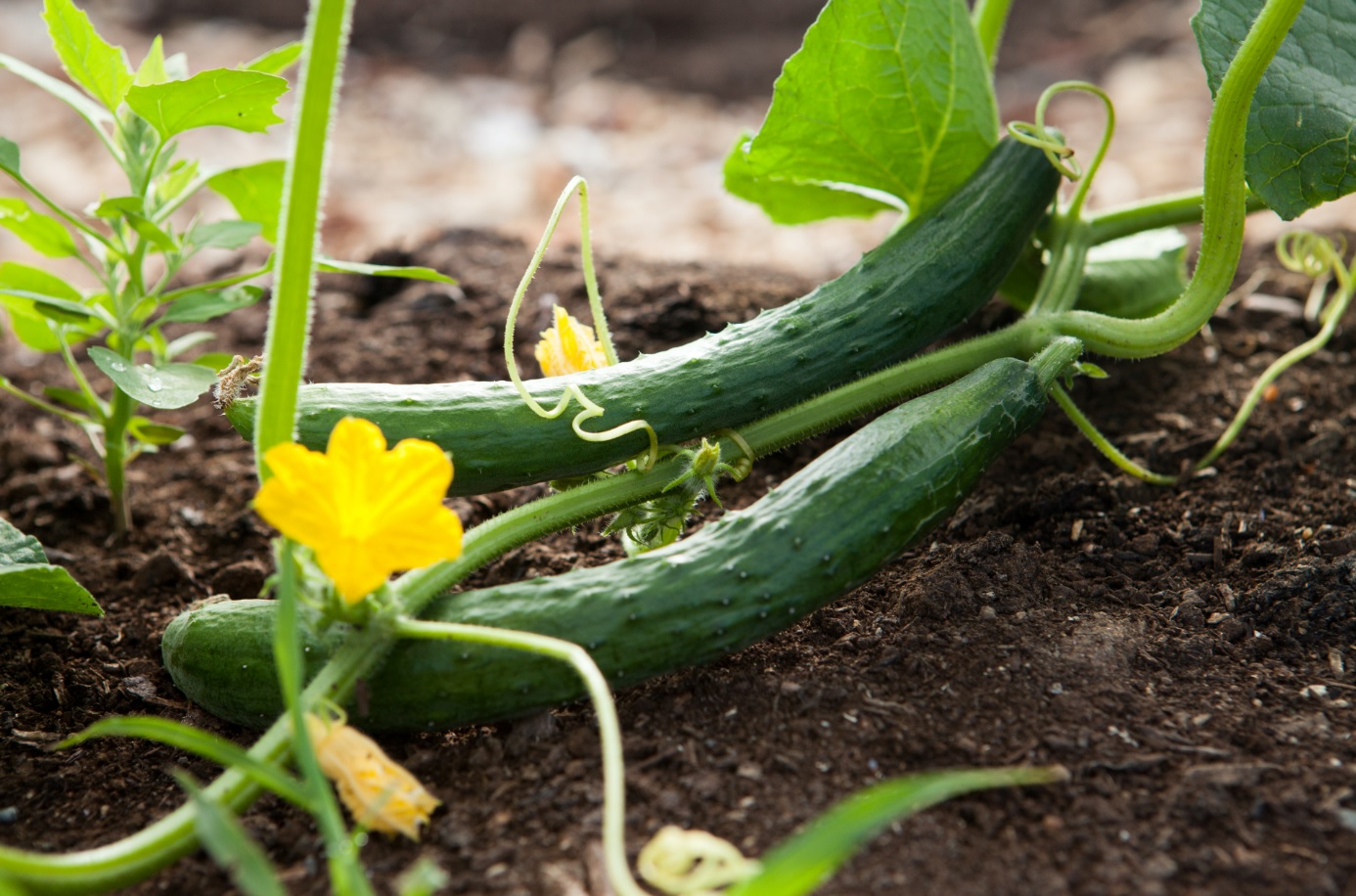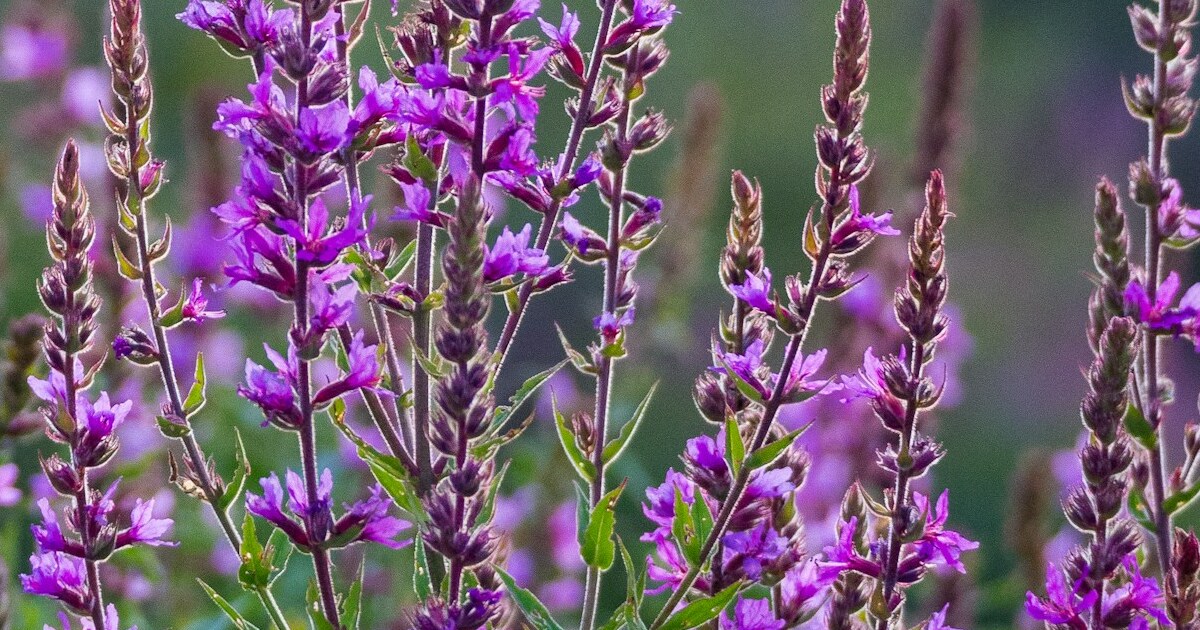Welcome to the world of watermelon cultivation in Zone 11! If you’re lucky enough to reside in this warm and tropical climate, you have the perfect conditions for growing delicious and juicy watermelons. Zone 11 encompasses regions with year-round warm temperatures, including parts of Florida, Hawaii, and southern Texas, among others.
In this article, we will guide you through the optimal timing for planting watermelon in Zone 11, taking into consideration the unique climate and growing conditions of this region. Whether you’re a seasoned gardener or a beginner, get ready to learn the best practices for planting watermelon and enjoy a bountiful harvest of this refreshing summer fruit.
Best varieties of watermelon to grow in Zone 11
In Zone 11, which is a tropical or subtropical climate, there are several watermelon varieties that tend to perform well. Here are a few options:
- Crimson Sweet: This is a popular variety known for its sweet, juicy flesh and high sugar content. It has a dark green rind with lighter green stripes and can grow to a large size.
- Sugar Baby: This is a smaller variety that is perfect for smaller gardens or containers. It has a compact vine and produces small to medium-sized, round watermelons with dark green rinds and sweet red flesh.
- Jubilee: This variety is known for its large, oblong-shaped fruits with a light green rind and sweet, crisp red flesh. It is a popular choice for its excellent flavor and high yield.
- Charleston Gray: This variety is well-suited for hot climates and has a tough, gray-green rind. The flesh is sweet and juicy, with a deep red color. It is known for its ability to withstand heat and drought.
- Yellow Doll: If you’re looking for something a little different, Yellow Doll is a variety with a bright yellow rind and sweet, crisp yellow flesh. It is a smaller watermelon that matures relatively quickly.
Remember to provide your watermelon plants with full sun exposure, well-draining soil, and consistent watering to ensure optimal growth and fruit production.
When to plant watermelon in Zone 11
In Zone 11, which typically has a tropical or subtropical climate, the best time to plant watermelon is in the early spring when the soil temperature reaches around 70°F (21°C). This is usually between February and April. Watermelons require warm soil and air temperatures to germinate and grow properly. It’s important to ensure that the danger of frost has passed before planting watermelon seedlings or seeds directly into the ground.
How to grow
Growing watermelon requires careful planning and attention to detail. Here are the steps and considerations to keep in mind:
- Climate and Location: Watermelons thrive in warm climates with temperatures between 70-85°F (21-29°C). Choose a location that receives full sun for at least 6-8 hours a day.
- Soil Preparation: Watermelons prefer well-drained soil with a pH level between 6.0-6.8. Prepare the soil by removing weeds, rocks, and debris. Incorporate organic matter such as compost or aged manure to improve fertility and drainage.
- Planting: Watermelons can be started from seeds or transplants. If starting from seeds, sow them directly into the ground after the last frost date when the soil temperature reaches 70°F (21°C). Plant the seeds 1 inch deep and space them 2-3 feet apart in rows that are 6-8 feet apart. If using transplants, plant them at the same depth as they were in their containers.
- Watering: Watermelons require consistent moisture throughout their growing season. Provide deep, regular watering, ensuring that the soil remains evenly moist but not waterlogged. Avoid overhead watering to prevent leaf diseases. Drip irrigation or soaker hoses are ideal for delivering water directly to the roots.
- Fertilization: Watermelons are heavy feeders and require regular fertilization. Before planting, incorporate a balanced fertilizer into the soil. Once the plants start to vine, side-dress them with a nitrogen-rich fertilizer every 3-4 weeks. Avoid excessive nitrogen as it can lead to excessive foliage growth at the expense of fruit development.
- Mulching: Apply a layer of organic mulch, such as straw or wood chips, around the plants to conserve moisture, suppress weeds, and maintain an even soil temperature.
- Pollination: Watermelons require pollination to set fruit. Bees and other pollinators are essential for this process. To attract them, avoid using pesticides that are harmful to pollinators and consider planting bee-friendly flowers nearby.
- Pruning and Training: Watermelon vines can become sprawling and take up a lot of space. Consider training them on trellises or providing support to keep the fruit off the ground, reducing the risk of rot and pests. Prune off any excessive foliage and suckers to improve air circulation and sunlight penetration.
- Pest and Disease Control: Common pests that can affect watermelons include aphids, cucumber beetles, and squash bugs. Monitor your plants regularly and take appropriate measures such as handpicking, using insecticidal soaps, or applying organic pest control methods. Fungal diseases like powdery mildew and downy mildew can also be a concern. Provide adequate spacing between plants, ensure good air circulation, and use fungicides if necessary.
- Harvesting: Watermelons are ready for harvest when the fruit has reached full size, the skin has turned dull, and the underside has a creamy yellow color. Give the fruit a gentle tap, and if it sounds hollow, it is likely ripe. Cut the fruit from the vine using a sharp knife or pruning shears, leaving a short stem attached.
By following these steps and considerations, you can successfully grow delicious watermelons in your garden.
When to harvest
In Zone 11, watermelons can typically be harvested from late spring to early fall. The exact timing will depend on the specific variety you are growing and the local climate conditions. However, as a general guideline, watermelons are usually ready to be harvested when the fruit has reached its full size, the skin has developed a dull or matte appearance, and the underside of the fruit has turned yellow. Additionally, you can perform a “thump test” by tapping the watermelon with your knuckles – if it produces a deep, hollow sound, it is likely ripe and ready to be harvested. It’s important to monitor your watermelon plants closely and adjust the harvest time accordingly to ensure optimal flavor and sweetness.
Common watermelon plant problems and fixes
Common problems when growing watermelon include:
- Poor pollination: Watermelons require proper pollination to set fruit. If you notice a lack of fruit development, it may be due to poor pollination. To fix this, you can hand-pollinate the flowers by transferring pollen from the male flowers to the female flowers using a small brush or cotton swab.
- Blossom end rot: This is a condition where the bottom end of the fruit turns black and rots. It is usually caused by calcium deficiency or inconsistent watering. To prevent blossom end rot, ensure consistent watering and provide adequate calcium to the plants through proper fertilization.
- Powdery mildew: This fungal disease appears as a white powdery coating on the leaves, causing them to turn yellow and eventually die. To control powdery mildew, ensure good air circulation around the plants, avoid overhead watering, and apply fungicides if necessary.
- Fusarium wilt: This soil-borne disease causes wilting, stunting, and yellowing of the leaves. To prevent fusarium wilt, choose disease-resistant watermelon varieties and practice crop rotation to avoid planting watermelon in the same area for consecutive years.
- Pests: Common pests that attack watermelon plants include aphids, cucumber beetles, and squash bugs. Regularly inspect your plants for signs of pest infestation and use appropriate insecticides or organic pest control methods to manage them.
- Overwatering or underwatering: Watermelons require consistent moisture, but overwatering or underwatering can lead to issues such as root rot or fruit cracking. Water the plants deeply but infrequently, allowing the soil to dry slightly between waterings.
- Sunburn: Watermelon fruits can get sunburned when exposed to intense sunlight for prolonged periods. To prevent sunburn, provide shade or use straw mulch to protect the fruits from direct sunlight.
Remember to regularly monitor your watermelon plants for any signs of problems and take appropriate actions promptly to ensure healthy growth and a bountiful harvest.
